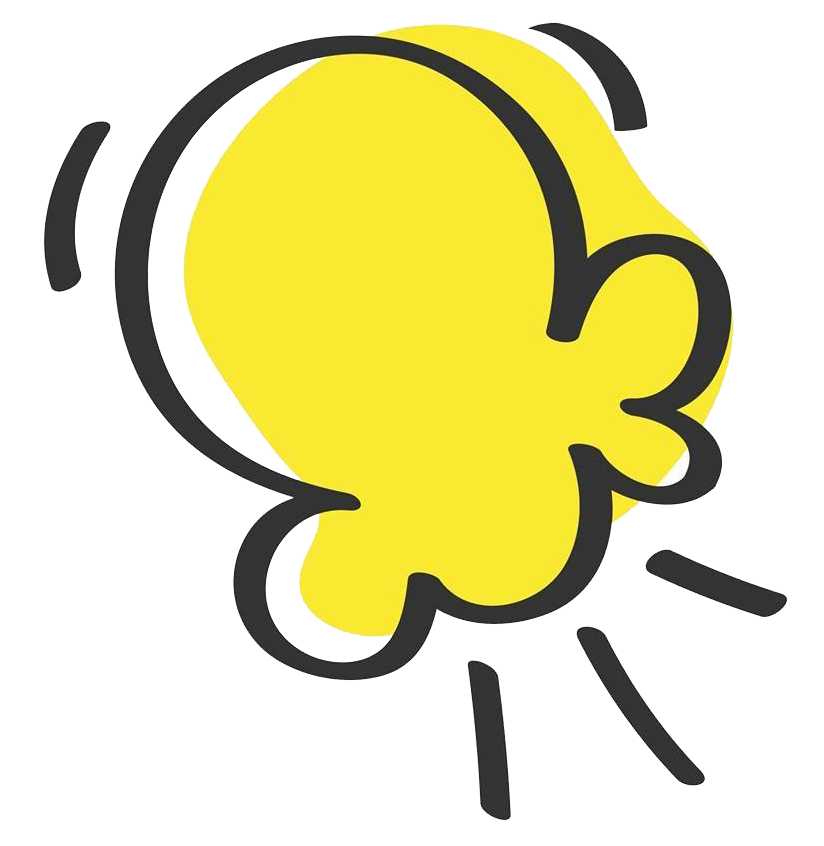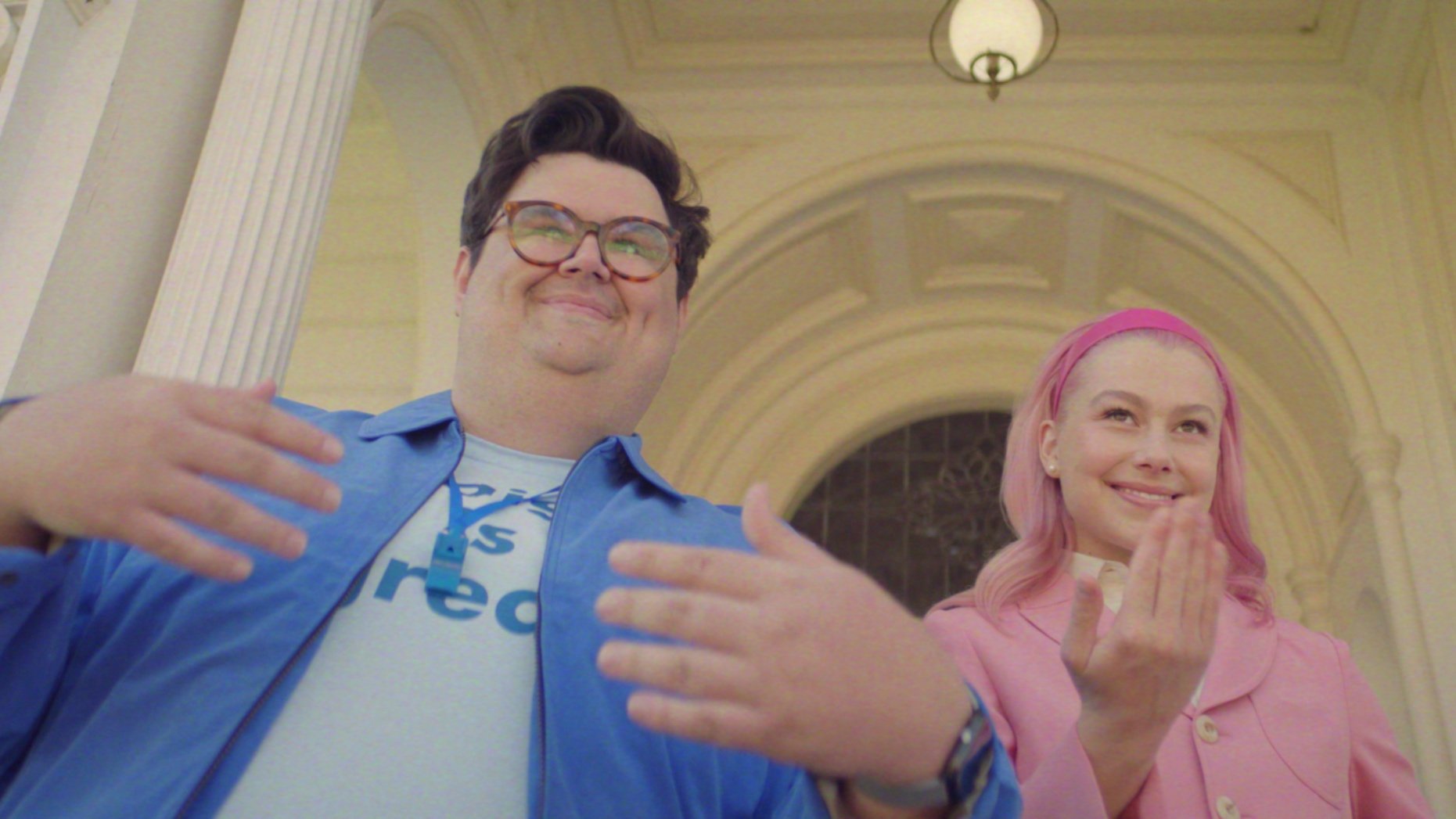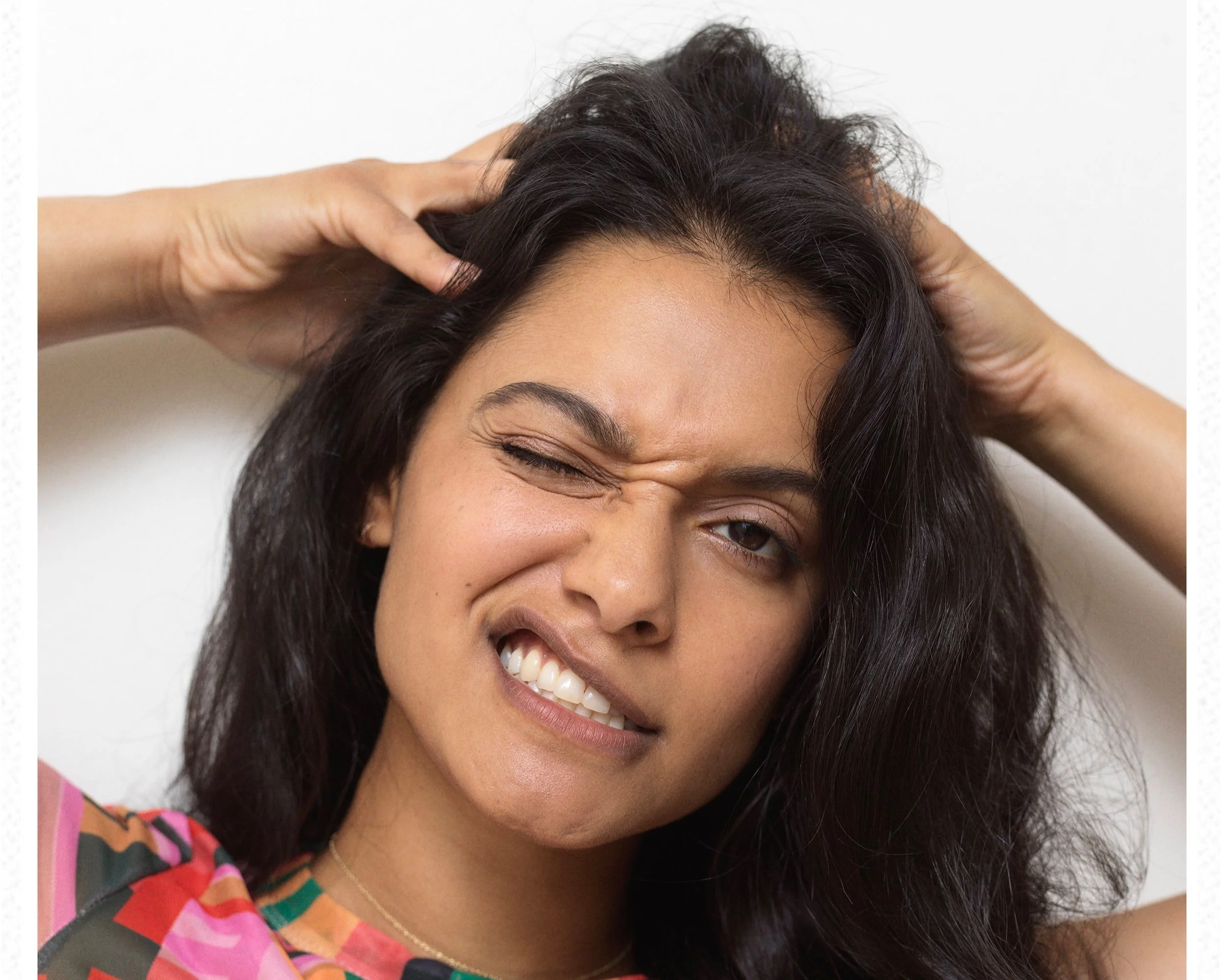I Used to Be Funny writer and director Ally Pankiw dishes on SXSW feature debut
There’s a comedic female filmmaker on the rise you need to pay attention to. Her name is Ally Pankiw.
Pankiw’s feature directorial debut I Used to Be Funny is a dark dramedy that follows Sam (Rachel Sennott), a stand-up comedian struggling with PTSD debating whether to join the search for a missing child she used to nanny (Olga Petsa). The Canadian indie had its world premiere in the South by Southwest Film Festival’s Narrative Feature Competition this week, where it pummelled audiences with a refreshing look at the toll of trauma and the road to recovery.
“I wanted to tell a story exploring what the ups and downs of recovery actually look like,” Pankiw tells Popcorn Podcast ahead of the films’s launch. Although her feature directorial debut is a personal story in terms of the themes of the film, Pankiw says, “It's not in terms of the actual plot.”
Ally Pankiw is no stranger to comedy. She directed the first season of Lisa Kudrow-starring Netflix comedy series Feel Good, as well as episodes of the second season of Hulu’s Shrill and The Great. But her jump from TV to film wasn’t a “conscious shift” as she started writing the script for I Used to Be Funny as far back as 2013. “It just took me a little bit longer to get this film made than it did to work in the TV space,” Pankiw explains. “I still love doing TV. And I will continue to do both.”
Shot in just 19 days, Pankiw says the production process for I Used To Be Funny was “really complicated”. The film frequently switches from the present, where Sam attempts to recover from her trauma and get back on stage, and the past, where her memories of Brooke (Petsa) make it almost impossible to ignore the 12-year-old’s disappearance. The shooting schedule was very location-dependant – as most are – so a chronological chart of Sam’s journey helped keep Sennott on track. “It's just about being, like, Type-A girlies and really knowing everything inside and out,” Pankiw says of staying on top of everything.
“Once you’re on set, you’re in the trenches” — Ally Pankiw
Despite the rigorous days on set, Pankiw assures us there was still room for improvisation. “We have very funny actors playing many of our characters, and bringing their specific comedic voices to the forefront was important to me.” Around 15 to 25 per cent of the dialogue in the film was improvised on the day, with new life being breathed into the script during the rehearsal period, too.
Two comedic standouts in the film are Sabrina Jalees (Paige) and Caleb Hearon (Philip). The pair resemble a revamped Janice and Damien from Mean Girls, the main difference being Paige and Philip don’t promote toxic behaviour to their vulnerable friend. Olga Petsa, although obviously not a large contributor to the comedy aspect, grounds the film in pre-teenage angst.
Pankiw gives huge props to her star, Rachel Sennott (Shiva Baby, Bodies Bodies Bodies), for her willingness to do the prep work and come to set ready to tackle a different stage of Sam’s journey. “I really like to work with actors beforehand. I like to have a lot of conversations about character and character relationships and dynamics,” Pankiw emphasises, adding how important it was to keep each other honest and check in with each other during filming due to the heavy subject matter.
“Healing isn’t often tied to just one event or justice or retribution or anything like that,” she says. “It’s sort of a reclaiming and reconnecting lifelong process. I felt that type of exploration of PTSD and trauma wasn’t something I had seen a lot of. And I wanted to reflect that – the quieter version of how this story is told in pop culture.”
So, which movies inspired Pankiw to tell Sam’s story in this “quiet” way? “Everything I've watched my whole life,” she says. “What I really love to make and what I also love to watch as a woman and a filmmaker is content that showcases the simultaneous joy but also the absolute nightmare that it is to be a young woman, and how magical it can be to find joy with each other and connection with each other within this world that hates us.”
Listen to Popcorn Podcast’s interview with Rachel Sennott about Bodies Bodies Bodies
She continues: “Young women have developed a sense of gallows humour about how terrible it is to navigate certain aspects of life. And we do talk to each other, especially female comedians, in a way where I think you're just trying to take away some things’ power by finding the comedy in it when you can.”
But this was hard to sell in the mid-2010s. Because there was some anxiety about striking the right balance between comedy and trauma, Pankiw admits she struggled to find a reference point for the film while it was in development. Then, everything changed with the release of dark-comedy limited series I May Destroy You in 2020. “That became a really great touchstone that we could point to and go, ‘Look, you can be more honest about women's voices and how women speak to each other’.” Obvious Child (2014), Deniz Gamze Ergüven’s drama Mustang (2015) and The Big Sick (2017) were other helpful tonal references during early pre-production for the filmmaker.
“I wanted to reflect what the world around me looks like, and what the conversations me and my friends have sound like” – Ally Pankiw
Not everyone is a fan of political or social comedy, and not everyone is going to appreciate the way the once-funny Sam chooses to process and overcome her trauma. “I mean, I'm sure some people won't like it,” Pankiw says about the dark humour, “but there's a lot of women who do.” On the possibility of a mixed reception, Pankiw is fearless: “I don't think I'm nervous about it only because it's true.”
There is much to enjoy in the writing, but not at the expense of the film’s visual language. In Toronto, Pankiw and her Director of Photography Nina Djacic (Bloody Hell, also premiering at SXSW Film Festival), set out to create two different worlds – post-trauma and pre-trauma. “A lot of the time, people think of fight or flight as a trauma response, but there's also freeze. So we wanted to show how stagnant and stuck Sam was in her present life.”
This was achieved by operating the camera with more movement in the past to highlight the immediacy of Sam’s actions. Also, by putting her in frame with other people, “she is included in the world around her”. This is in contrast to the present, which is “a lot more still and the framing is more isolating.”
I Used to Be Funny dons a moody playlist that queer audiences, in particular, will appreciate. “The whole soundtrack is female artists and queer artists,” Pankiw explains as a proud ally of the trans and queer community. At the top of her list was Phoebe Bridgers, whom she previously collaborated with on the music video for MUNA’s ‘Silk Chiffon’. Helping to capture the zeitgeist, Bridgers’ ‘Smoke Signals’ and ‘I Know the End’ bookend the film, respectively. “It just felt like such a perfect fit for what we were trying to do,” this self-confessed ‘Pharbz’ (aka fans of Bridgers) says. After sending the folk-rock artist a long-winded explanation of how the tracks would be used in her feature film, Bridgers simply replied, “Of course, dude.” Pankiw adds, ever-so-humbly, “It was really generous of her to let us use those songs because we are a scrappy little Canadian indie.”
From this career high, the ambitious writer and director is eyeing even bigger things on the horizon – some of them top-secret. Before diving into directing, Pankiw was a story editor for the third season of Schitt’s Creek. Currently, she is in the writer’s room for the show Standing By, co-created with Schitt’s Creek star and mastermind, Dan Levy. The animated comedy series will feature the voices of Levy, Glenn Close and David Tennant.
“And then I have another film that I'm actively trying to develop and get made,” Pankiw spills. “That's another dark dramedy, but it's for all my queer fans this time. It's about lesbians again!”
Apart from keeping busy in the TV space, when she has the opportunity to direct, Pankiw reveals, “There's something else coming out this summer that I shot last year that I'm excited about, but I can't talk about it. That will be released soonish, I hope.”
Is it another film, a short, a series, a music video?
“I can't say,” the tight-lipped creative repeats with a laugh. “But I think it will be a fun follow-up to I Used to Be Funny.”
If her previous filmography is anything to go by, we’re assured it will be.






